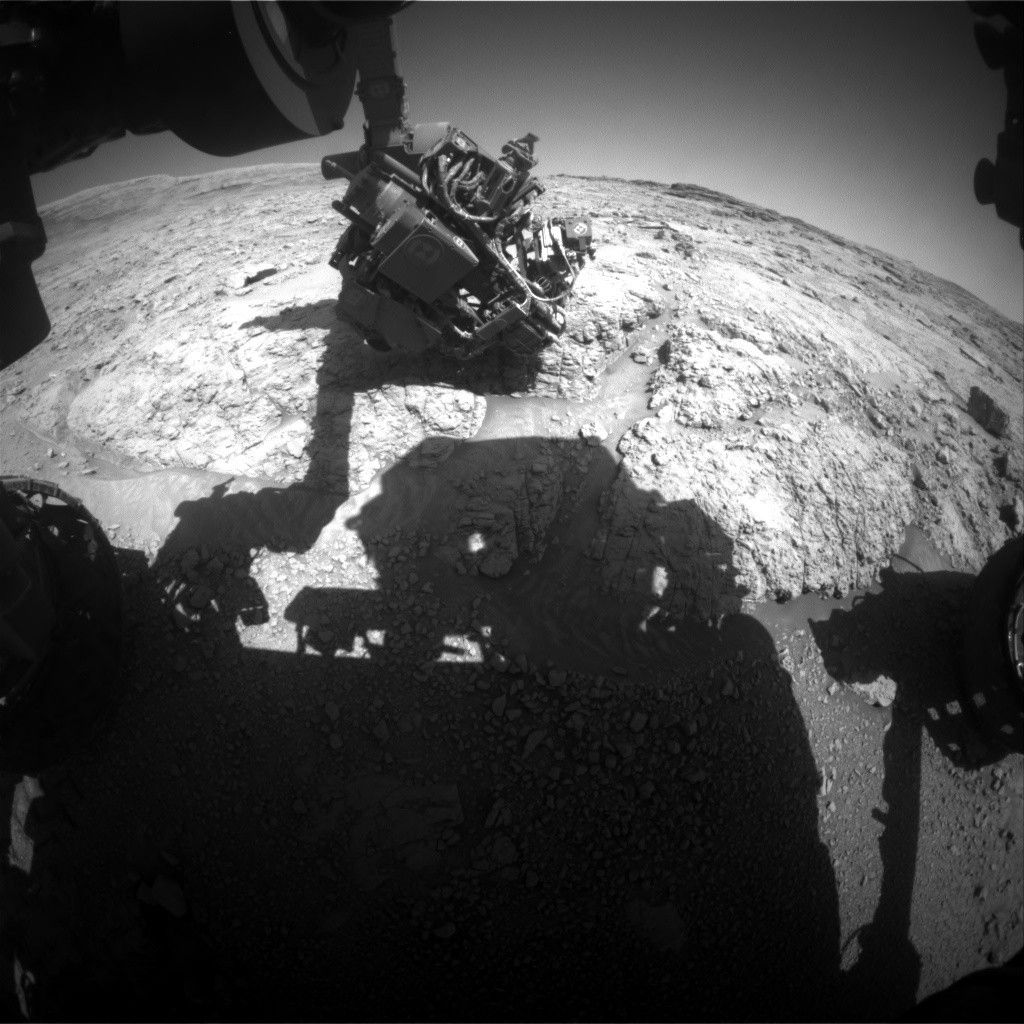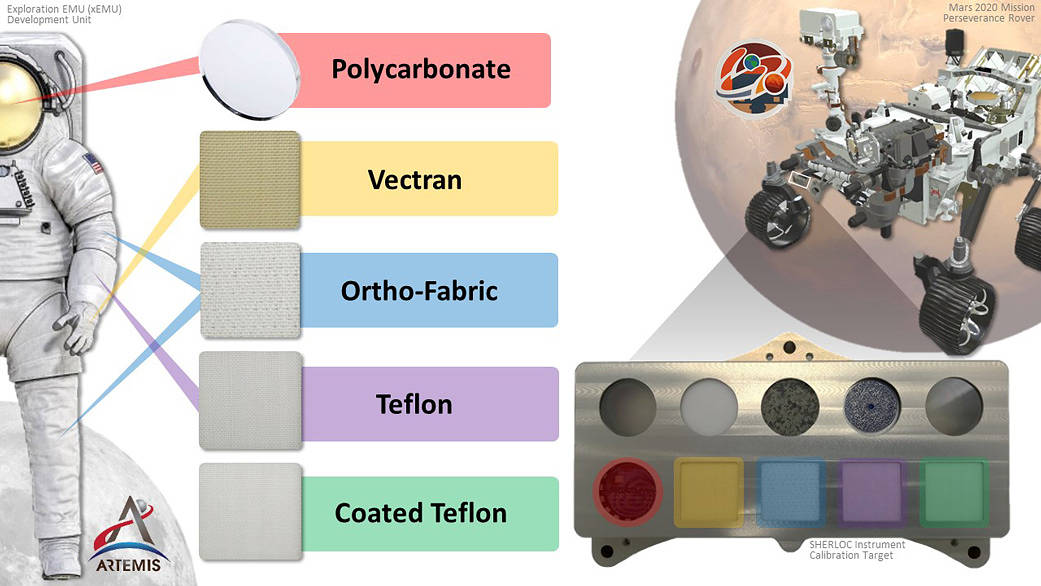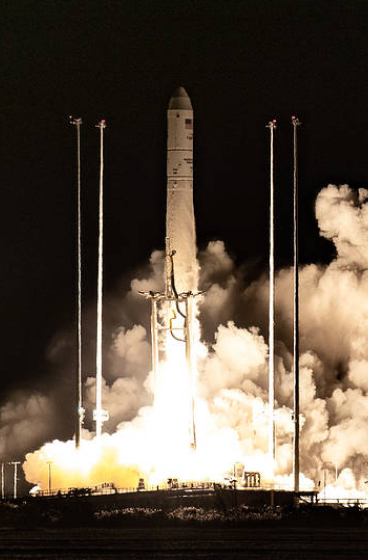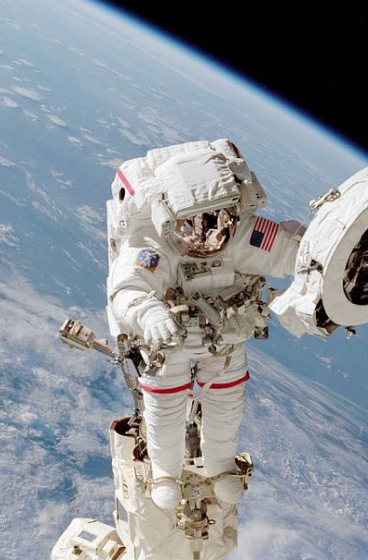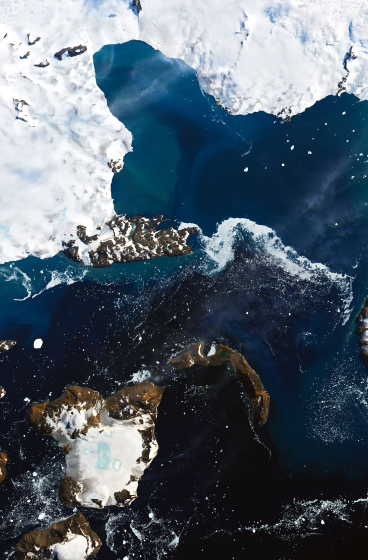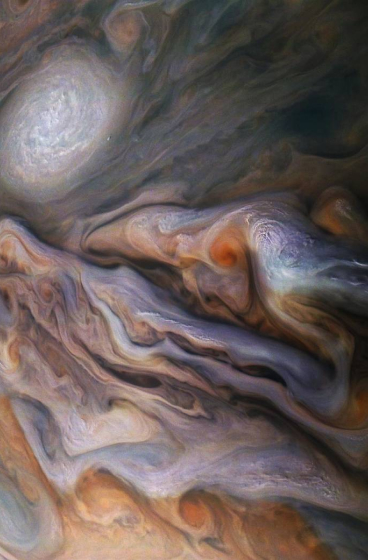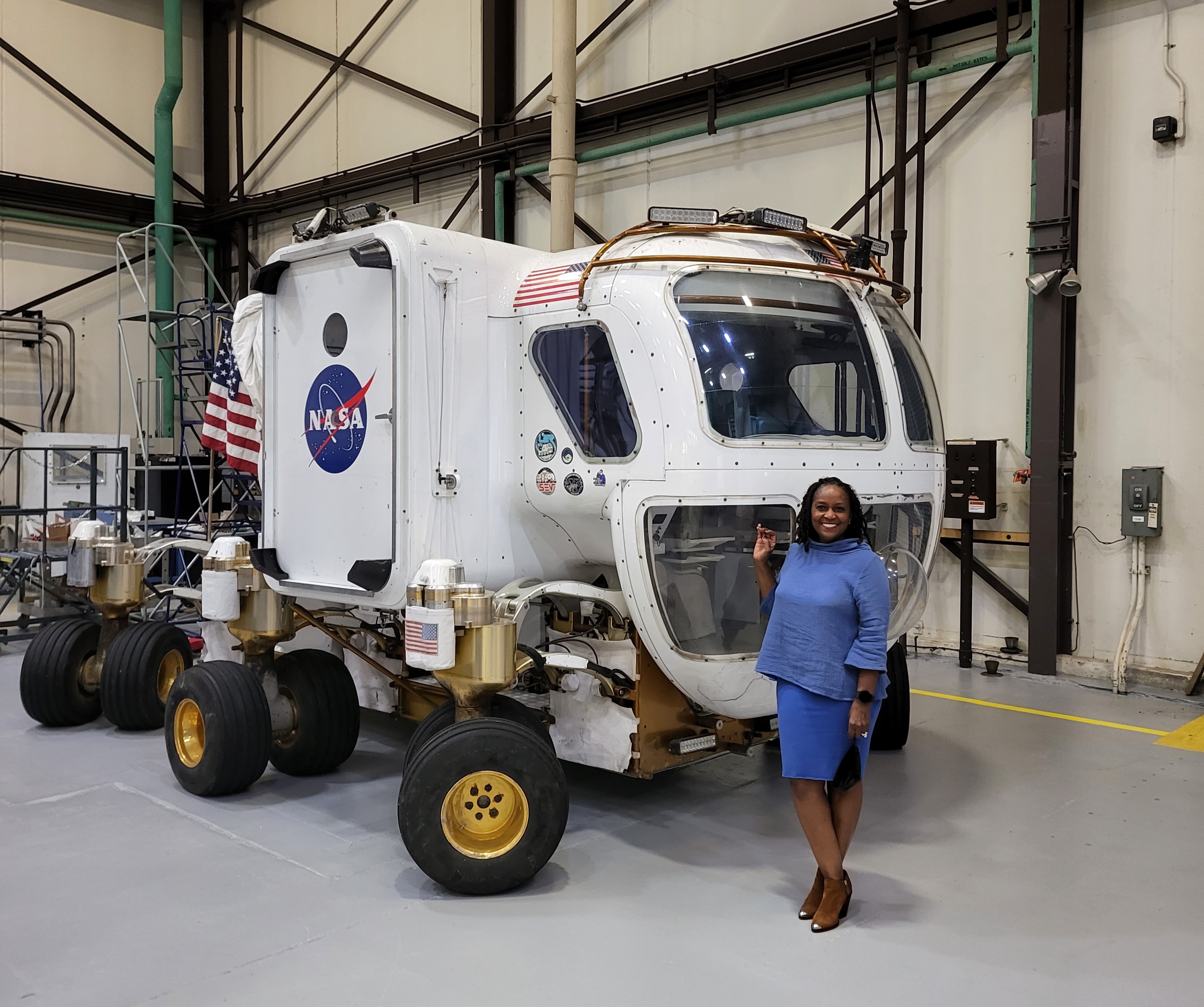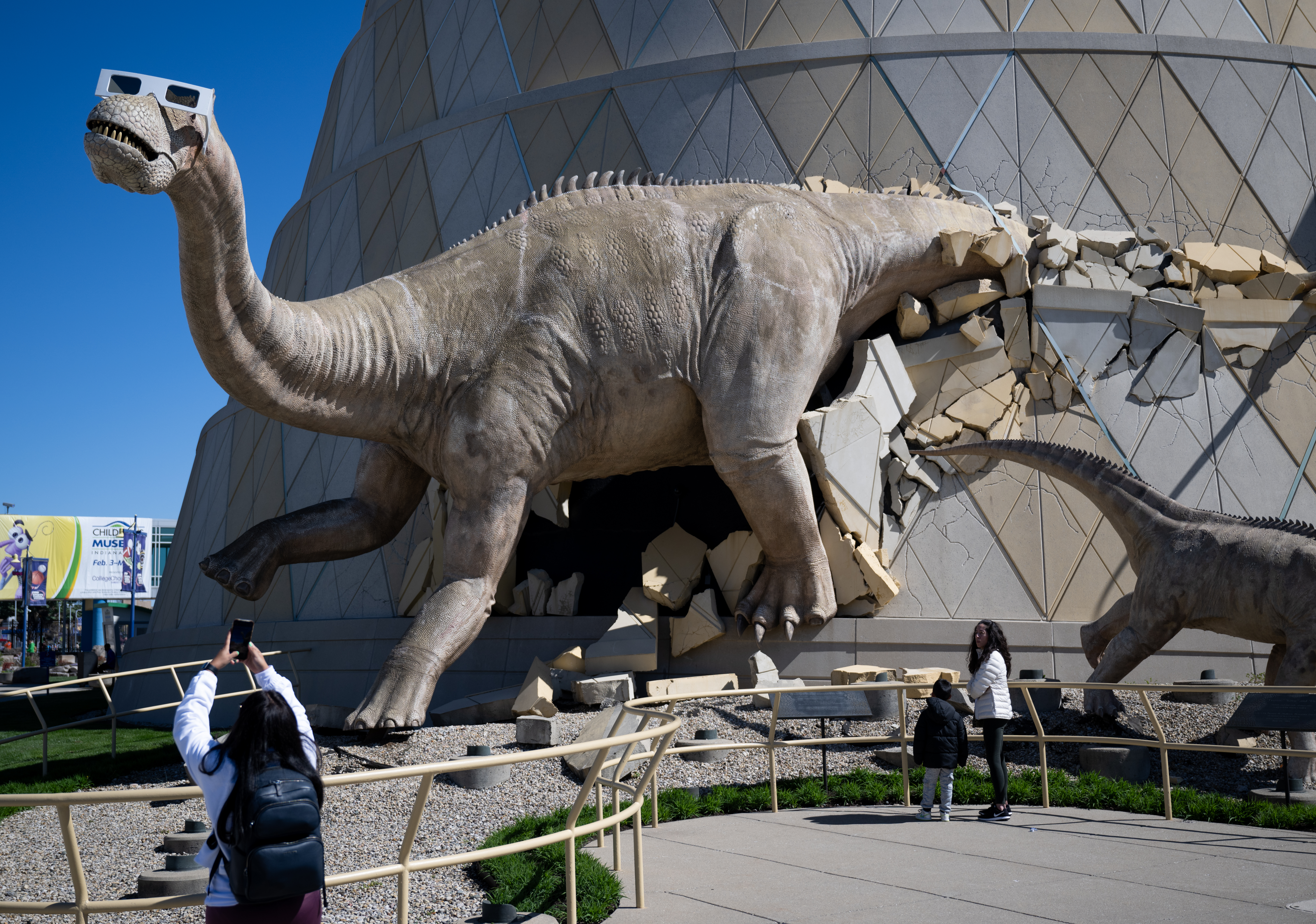How NASA’s Perseverance Is Helping Prepare Astronauts for Mars
The rover carries several swatches of spacesuit materials, and scientists are assessing how they’ve held up after four years on the Red Planet. NASA’s Perseverance rover landed on Mars in 2021 to search for signs of ancient microbial life and to help scientists understand the planet’s climate and geography. But another key objective is to […]
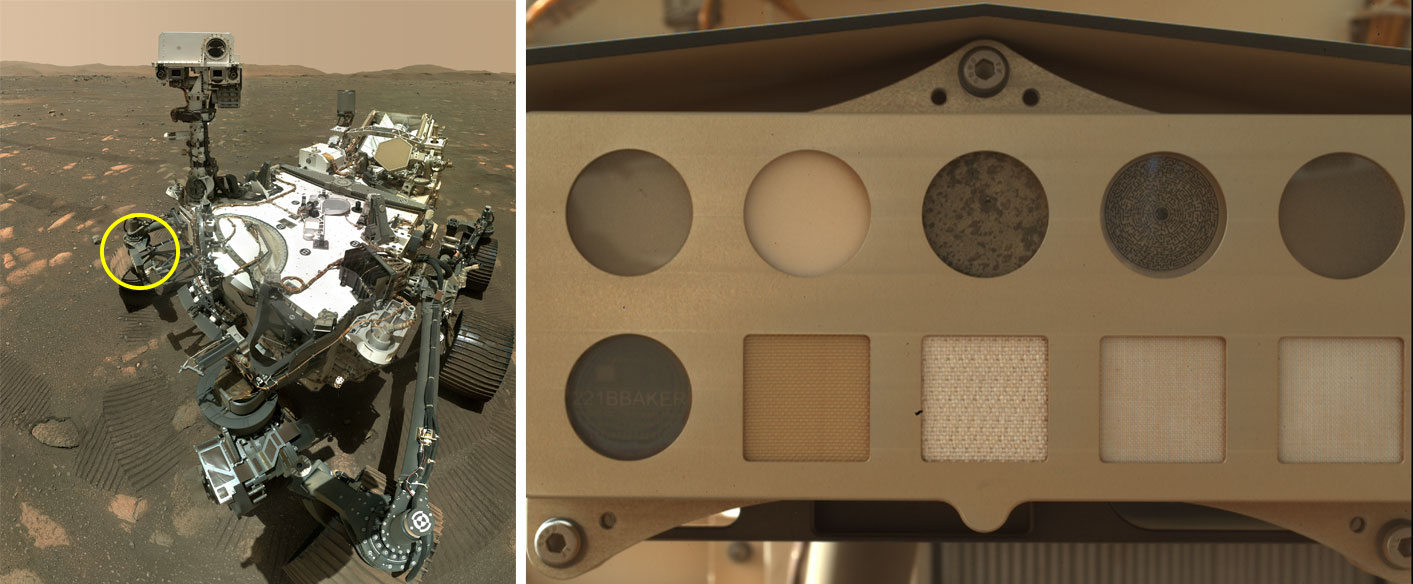
6 min read
Preparations for Next Moonwalk Simulations Underway (and Underwater)
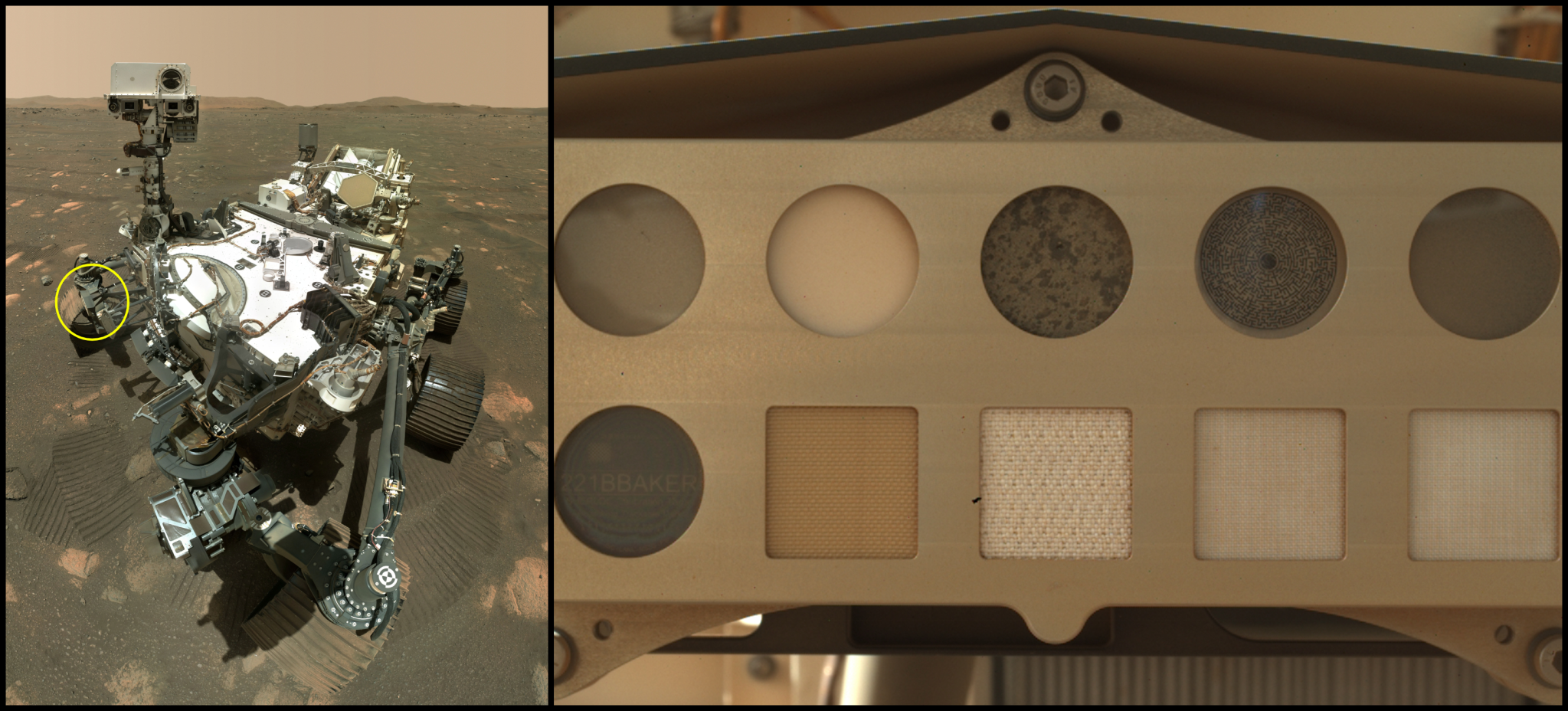
The rover carries several swatches of spacesuit materials, and scientists are assessing how they’ve held up after four years on the Red Planet.
NASA’s Perseverance rover landed on Mars in 2021 to search for signs of ancient microbial life and to help scientists understand the planet’s climate and geography. But another key objective is to pave the way for human exploration of Mars, and as part of that effort, the rover carries a set of five spacesuit material samples. Now, after those samples have endured four years of exposure on Mars’ dusty, radiation-soaked surface, scientists are beginning the next phase of studying them.
The end goal is to predict accurately the usable lifetime of a Mars spacesuit. What the agency learns about how the materials perform on Mars will inform the design of future spacesuits for the first astronauts on the Red Planet.
“This is one of the forward-looking aspects of the rover’s mission — not just thinking about its current science, but also about what comes next,” said planetary scientist Marc Fries of NASA’s Johnson Space Center in Houston, who helped provide the spacesuit materials. “We’re preparing for people to eventually go and explore Mars.”
The swatches, each three-quarters of an inch square (20 millimeters square), are part of a calibration target used to test the settings of SHERLOC (Scanning Habitable Environments with Raman & Luminescence for Organics and Chemicals), an instrument on the end of Perseverance’s arm.
The samples include a piece of polycarbonate helmet visor; Vectran, a cut-resistant material used for the palms of astronaut gloves; two kinds of Teflon, which has dust-repelling nonstick properties; and a commonly used spacesuit material called Ortho-Fabric. This last fabric features multiple layers, including Nomex, a flame-resistant material found in firefighter outfits; Gore-Tex, which is waterproof but breathable; and Kevlar, a strong material used in bulletproof vests that makes spacesuits more rip-resistant.
Martian Wear and Tear
Mars is far from hospitable. It has freezing temperatures, fine dust that can stick to solar panels and spacesuits (causing wear and tear on the latter), and a surface rife with perchlorates, a kind of corrosive salt that can be toxic to humans.
There’s also lots of solar radiation. Unlike Earth, which has a magnetic field that deflects much of the Sun’s radiation, Mars lost its magnetic field billions of years ago, followed by much of its atmosphere. Its surface has little protection from the Sun’s ultraviolet light (which is why researchers have looked into how rock formations and caves could provide astronauts some shielding).
“Mars is a really harsh, tough place,” said SHERLOC science team member Joby Razzell Hollis of the Natural History Museum in London. “Don’t underestimate that — the radiation in particular is pretty nasty.”
Razzell Hollis was a postdoctoral fellow at NASA’s Jet Propulsion Laboratory in Southern California from 2018 to 2021, where he helped prepare SHERLOC for arrival on Mars and took part in science operations once the rover landed. A materials scientist, Razzell Hollis has previously studied the chemical effects of sunlight on a new kind of solar panel made from plastic, as well as on plastic pollution floating in the Earth’s oceans.
He likened those effects to how white plastic lawn chairs become yellow and brittle after years in sunlight. Roughly the same thing happens on Mars, but the weathering likely happens faster because of the high exposure to ultraviolet light there.
The key to developing safer spacesuit materials will be understanding how quickly they would wear down on the Martian surface. About 50% of the changes SHERLOC witnessed in the samples happened within Perseverance’s first 200 days on Mars, with the Vectran appearing to change first.
Another nuance will be figuring out how much solar radiation different parts of a spacesuit will have to withstand. For example, an astronaut’s shoulders will be more exposed — and likely encounter more radiation — than his or her palms.
Next Steps
The SHERLOC team is working on a science paper detailing initial data on how the samples have fared on Mars. Meanwhile, scientists at NASA Johnson are eager to simulate that weathering in special chambers that mimic the carbon dioxide atmosphere, air pressure, and ultraviolet light on the Martian surface. They could then compare the results generated on Earth while putting the materials to the test with those seen in the SHERLOC data. For example, the researchers could stretch the materials until they break to check if they become more brittle over time.
“The fabric materials are designed to be tough but flexible, so they protect astronauts but can bend freely,” Fries said. “We want to know the extent to which the fabrics lose their strength and flexibility over time. As the fabrics weaken, they can fray and tear, allowing a spacesuit to leak both heat and air.”
More About Perseverance
A key objective for Perseverance’s mission on Mars is astrobiology, including the search for signs of ancient microbial life. The rover is characterizing the planet’s geology and past climate, to help pave the way for human exploration of the Red Planet, and is the first mission to collect and cache Martian rock and regolith.
NASA’s Mars Sample Return Program, in cooperation with ESA (European Space Agency), is designed to send spacecraft to Mars to collect these sealed samples from the surface and return them to Earth for in-depth analysis.
The Mars 2020 Perseverance mission is part of NASA’s Mars Exploration Program (MEP) portfolio and the agency’s Moon to Mars exploration approach, which includes Artemis missions to the Moon that will help prepare for human exploration of the Red Planet.
NASA’s Jet Propulsion Laboratory, which is managed for the agency by Caltech in Pasadena, California, built and manages operations of the Perseverance rover.
For more about Perseverance:
News Media Contacts
Andrew Good
Jet Propulsion Laboratory, Pasadena, Calif.
818-393-2433
andrew.c.good@jpl.nasa.gov
Karen Fox / Molly Wasser
NASA Headquarters, Washington
202-358-1600
karen.c.fox@nasa.gov / molly.l.wasser@nasa.gov
Share
Details
Related Terms
What's Your Reaction?








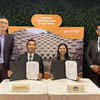










.jpg?#)














